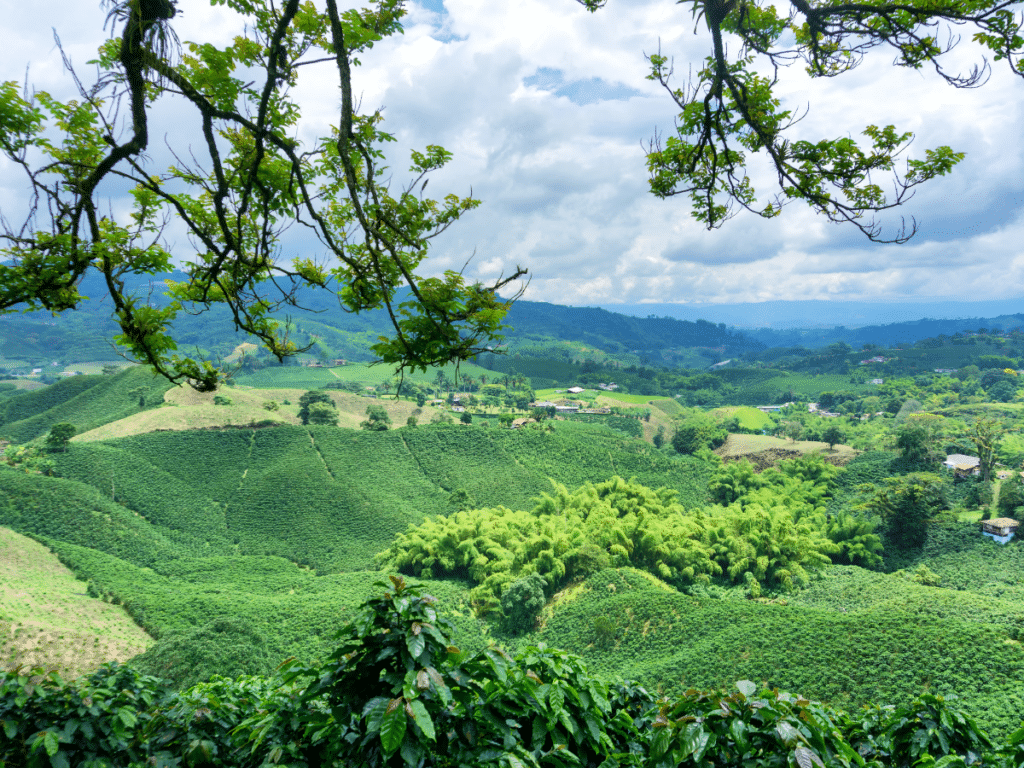In 2022 (COP15), a major milestone was reached in the ratification of the Kunming-Montreal Global Biodiversity Framework, which contained the flagship goal of protecting 30% of the world’s terrestrial and marine areas by 2030. So, what progress was made toward this agreement? Did any new agreements emerge? And what developments have occurred on metrics and biodiversity markets? Here, we break down some of the key outcomes from COP16…
Why Does COP16 Matter?
COP16 represents an opportunity to assess progress toward implementing the targets set under the Global Biodiversity Framework. As biodiversity continues to decline at an alarming rate, this conference provides a key platform for nations to negotiate policies that can protect ecosystems, ensure sustainable use of natural resources, and promote equitable conservation efforts. It is a critical forum for addressing pressing issues such as biodiversity financing, the role of Indigenous knowledge, and the integration of biodiversity into global economic frameworks.
Indigenous Representation for Biodiversity Governance
One of the most significant successes of COP16 was the elevation of Indigenous voices in global biodiversity governance. A historic decision was made to create a permanent body within the Convention on Biological Diversity that will represent Indigenous Peoples and local communities in future biodiversity negotiations. Indigenous groups, who manage around 80% of the world’s biodiversity, have long been advocates for the inclusion of their traditional knowledge in environmental policies and alternative demands for ecosystems. The new body will ensure that their expertise is not only recognised but hopefully integrated into global conservation strategies.

An Urgent Plea for Trees
A warning from the International Union for the Conservation of Nature (IUCN) highlighted that some 38% of tree species globally face risk of extinction. Logging for timber, and clearing for agriculture and development are major drivers of (often illegal) deforestation. Agriculture in particular directly relates to deforestation. This alarming statistic further points to the need to consider biodiversity not just with a siloed label of ‘conservation’, but how it relates to other framings such as land use. When we consider competing claims to land, and how they relate – such as the ecosystem services provided by an area of forest compared to a deforested cattle ranch – a broader picture of how global systems compete with and erode biodiversity emerges. Taking this critical systems lens into account will be critical in mitigating the loss of so many trees and the habitats they create.

No Clear Path on Nature Funding and Monitoring
COP16 was marked by significant frustration over financial commitments. The conference highlighted the stark discrepancy between the funding needed to address biodiversity loss and the pledges made by wealthy nations. While some contributions were made to the Global Biodiversity Framework Fund, totaling around $163 million, these funds are far from the $20 billion annually that developing nations have argued is necessary to meet global biodiversity targets. The lack of a clear agreement, and deliberate obstruction from countries in the Global North on how to mobilise these resources left many low-income countries without the financial means to implement their biodiversity strategies.
Moreover, issues remained unresolved around the monitoring of biodiversity targets and the implementation of National Biodiversity Strategies and Action Plans (NBSAPs). These strategies are essential for translating the Global Biodiversity Framework (GBF) into concrete actions at the national level. However, at the end of the summit, it was clear that only 44 out of 196 countries had submitted updated NBSAPs in line with the 2030 biodiversity targets, leaving much of the global community unprepared to tackle biodiversity loss effectively. A continued disagreement over the use of credits for biodiversity, especially the role offsetting has to play in developing a large private market for nature, meant this side of things also ended without clarity and no agreed path for developing a uniform system at scale. The still nascent nature of biodiversity markets was clearly laid bare at this year’s COP.

A Climate-Nature Disparity
One of the most striking features of COP16 was the continued separation of climate change and biodiversity efforts. While both crises are deeply interconnected, with climate change being a major threat to biodiversity and ecosystems serving as critical carbon sinks, the lack of alignment between this summit and the upcoming COP29 was concerning. As UN Secretary-General António Guterres noted at the summit, “They are all interlinked and indivisible”. However, the low attendance rate from heads of state highlights not only this continued disconnect, but the general failure in terms of global governance to understand that in many ways, biodiversity governance is climate governance and vice versa.
Despite some progress being made, the general lack of progress on financing ecosystem recovery and on meaningful frameworks for monitoring and implementing progress meant biodiversity was ultimately left wanting at COP16.

